Janet Hanson is training to become an editor of her Kalamazoo, Michigan, retirement community’s monthly 12-page newsletter.
She publishes stories about new residents, employees and any other news of interest.
But last year, she didn’t like news she received in her own life story—she needed open heart surgery.
The symptoms came slowly. Subtly at first.
In the early 2000s, when she would walk up hills on the golf course, she noticed changes.
“I would get some chest pain,” she said. “I didn’t know what it was. My brother said I should go get it checked out, so I did. They determined I needed to have my arteries cleared and put stents in. I never had a heart attack.”
But more recently, the pain resumed.
“When I would go on my exercise bike I would get a little chest pain,” said Hanson, 83. “It became more difficult to ride the exercise bike.”
She met with two doctors in Kalamazoo. After preliminary testing and observation, they conferred and ultimately decided she needed open heart surgery.
Hanson dreaded the thought, and the long recovery that can be a byproduct of such an invasive surgery.
“A person’s age plays a big factor in trying to avoid open heart surgery,” she said. “It is so much harder on older people than on those in their 50s and 60s.”
Hanson’s daughter and son-in-law in Arizona happened to live next door to a cardiologist. With her permission, they shared Hanson’s records with him.
“He looked at my records and said I should not have open heart surgery, that I should go for a second opinion,” Hanson said.
That Phoenix cardiologist recommended she go to Spectrum Health Fred and Lena Meijer Heart Center in Grand Rapids, Michigan, for a second opinion.
“I’m not the type of person to be stubborn,” Hanson said. “I said, ‘I will give it a try.’ So I made my appointment.”
A better option
In May she saw William Merhi, DO, FACC, medical director for the Structural Heart & Valve Center at Spectrum Health. He diagnosed aortic stenosis, a potentially life-threatening abnormal narrowing of the aortic valve.
Hanson also suffered from a severe narrowing of the right coronary artery.
Dr. Merhi and two other Spectrum Health heart specialists determined Hanson could undergo transcatheter aortic valve replacement, a much less invasive procedure than open heart surgery—and with typically short recovery times.
On July 18, Dr. Merhi replaced Hanson’s valve and implanted a stent in the right coronary artery.
“On the day of her procedure, we were able to insert a catheter in the artery in her groin,” Dr. Merhi said. “First, we proceeded to implant a coronary stent in her right coronary artery.”
Next came the valve procedure. He compressed the valve down into the size of a thin tube, then advancing the tube into her artery, back into her heart and positioned across the valve.
“The valve was placed as a beating heart procedure,” Dr. Merhi said.
Hanson said she’s thankful she didn’t have to undergo open heart surgery. After her procedure, Hanson could sit up in a chair within six hours and walk around shortly thereafter.
“It was a lot less complicated (than open heart surgery),” Hanson said. “It’s amazing they can do that.”
Two days after the procedure, Hanson returned home.
“I would not have lived very long if they had not done something,” Hanson said. “This was so much easier than open heart surgery, so much less to go through. Every day I feel better.”
Dr. Merhi said he’s pleased with the outcome and glad Hanson came to him for a second opinion.
“Prior to the procedure, she was experiencing shortness of breath,” Dr. Merhi said. “After her procedure, she had complete resolution of her symptoms and no longer had shortness of breath.”
A new story
Life resumed for Hanson—without chest pain or fatigue.
“When I ride the exercise bike, it’s just amazing,” she said. “It doesn’t bother me to do it. I’m doing much better with my heart.”
When the weather warms, she’ll head back to the links.
She only got out on the golf course twice last summer.
“I’m hoping this next summer it will be back to regular golf for me,” Hanson said. “I’m not real good, but I sure enjoy it. I love to be outdoors.”
Hanson plans to join “at least one” women’s golf league when the weather improves.
“If you don’t, you don’t get out there often enough,” she said. “I found a golfing buddy here. She took up golf after she moved here. She just loves it and wants to be golfing every day.”
When Hanson isn’t power-pedaling the exercise bike or out on the links, she’s reading or working on the retirement community newsletter on Microsoft Publisher.
“I have had a lot to learn with that, but it keeps your mind sharp learning how to do all that,” she said.
Hanson’s journalistic interests span back to her childhood.
“When I was a kid I had my own little newspaper,” Hanson said. “We had such primitive equipment then compared to what it is now. It was duplicated with a process that uses purple gel-like stuff. It was really messy. It was just kid stuff, you know?”
As she grew older, the news puppy became a news hound for her high school newspaper.
And these days, she’s thriving in the best news of all—the story of her own health success.
“I think it’s just wonderful they can do something like this procedure,” Hanson said. “With open heart surgery, I would have been in the hospital a week or two then months and maybe up to a year before I was back to normal.”
Hanson praised her family.
“I really give a lot of credit to my daughter and son-in-law for going to bat for me because they were very concerned,” she said. “They urged me to go for a second opinion. I’m very fortunate, happy and relieved.”
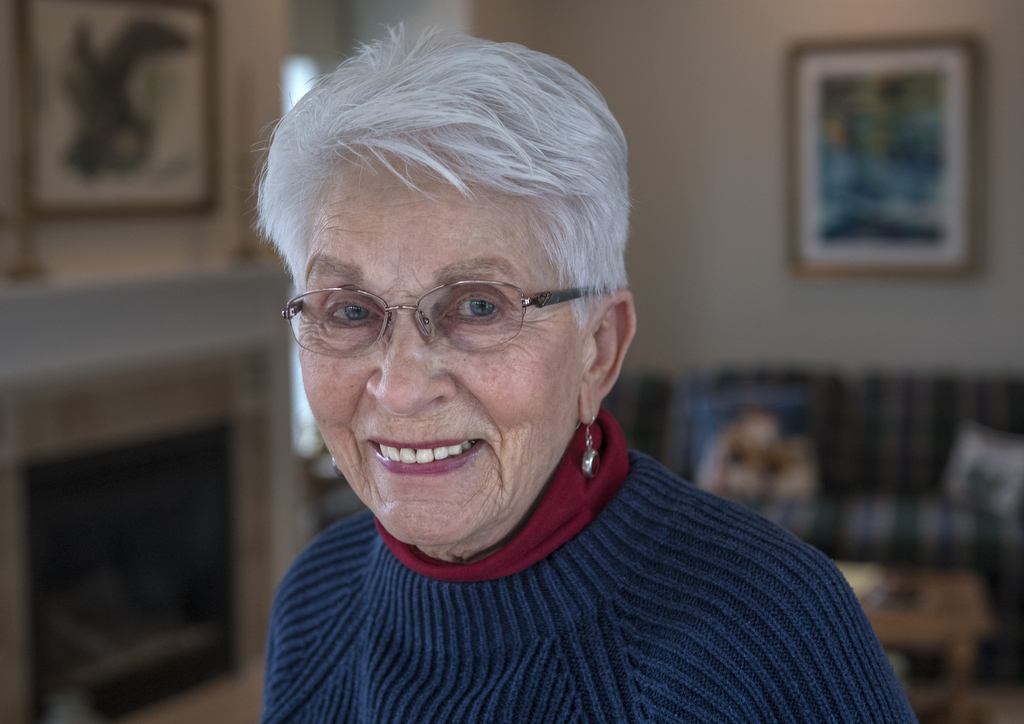

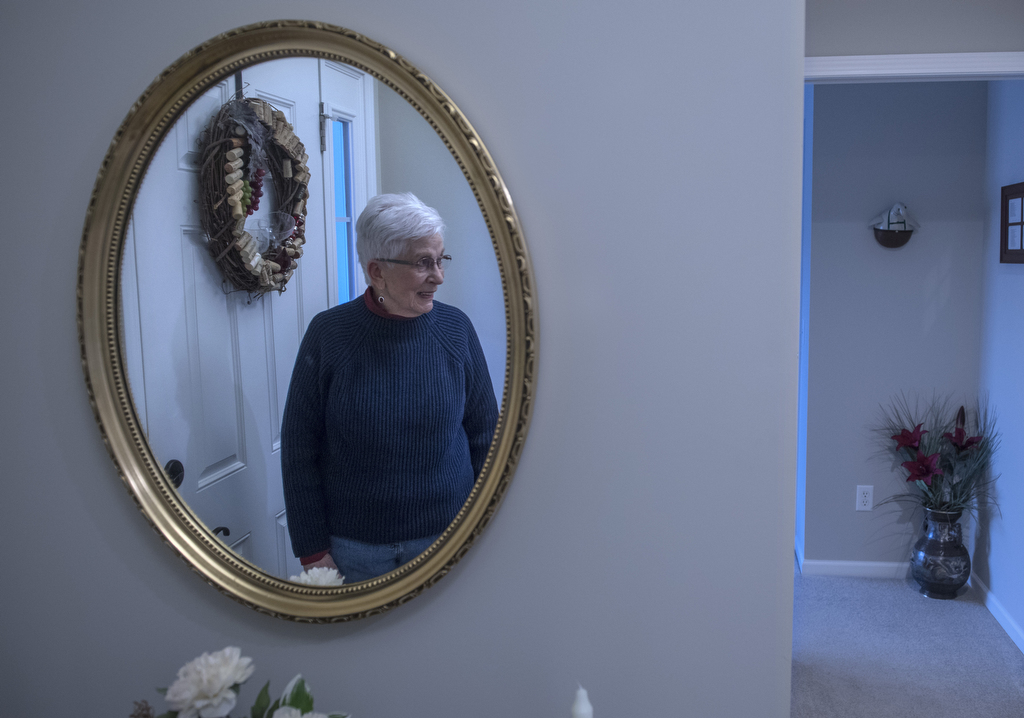

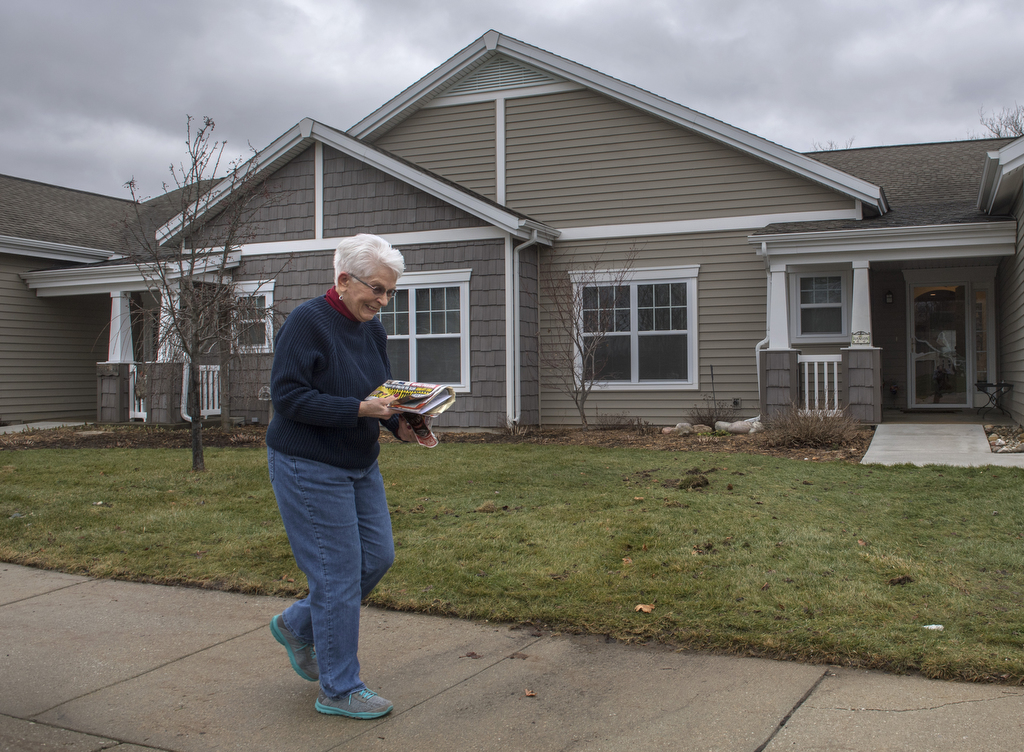
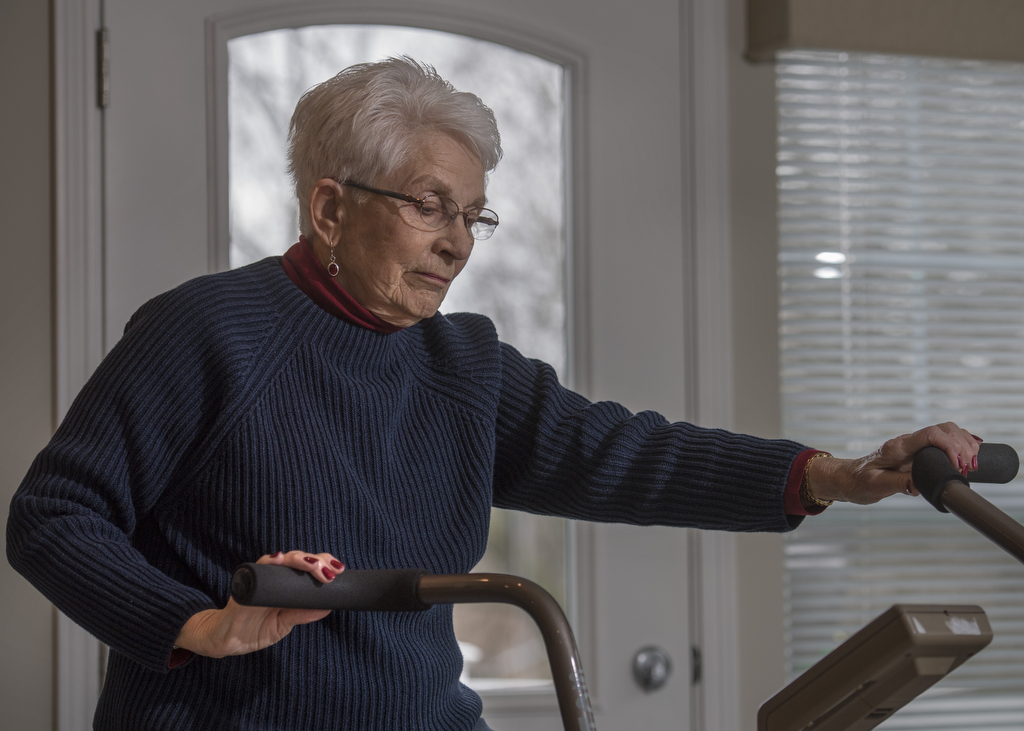


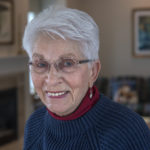

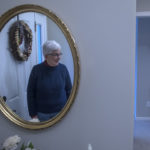

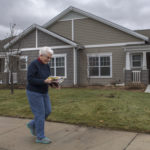
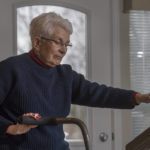
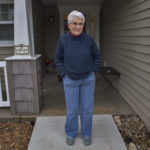

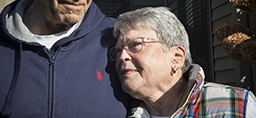 /a>
/a>
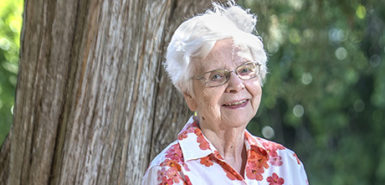 /a>
/a>
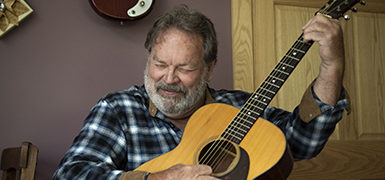 /a>
/a>